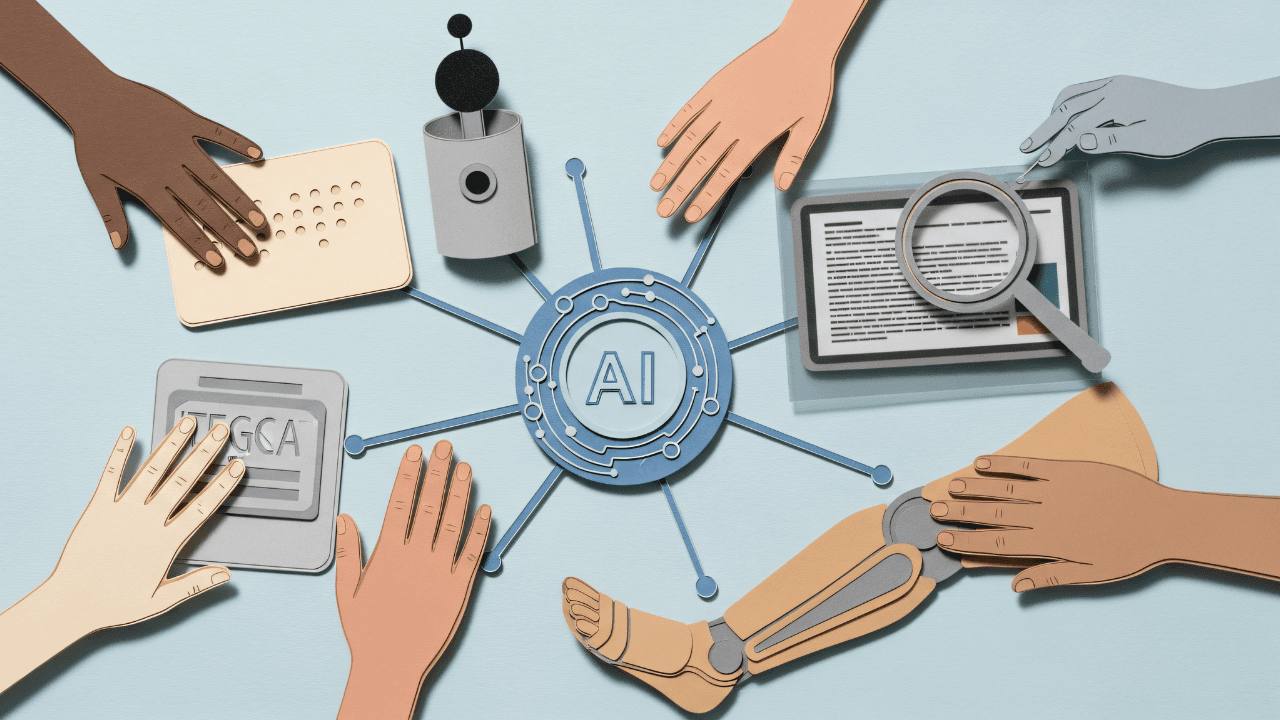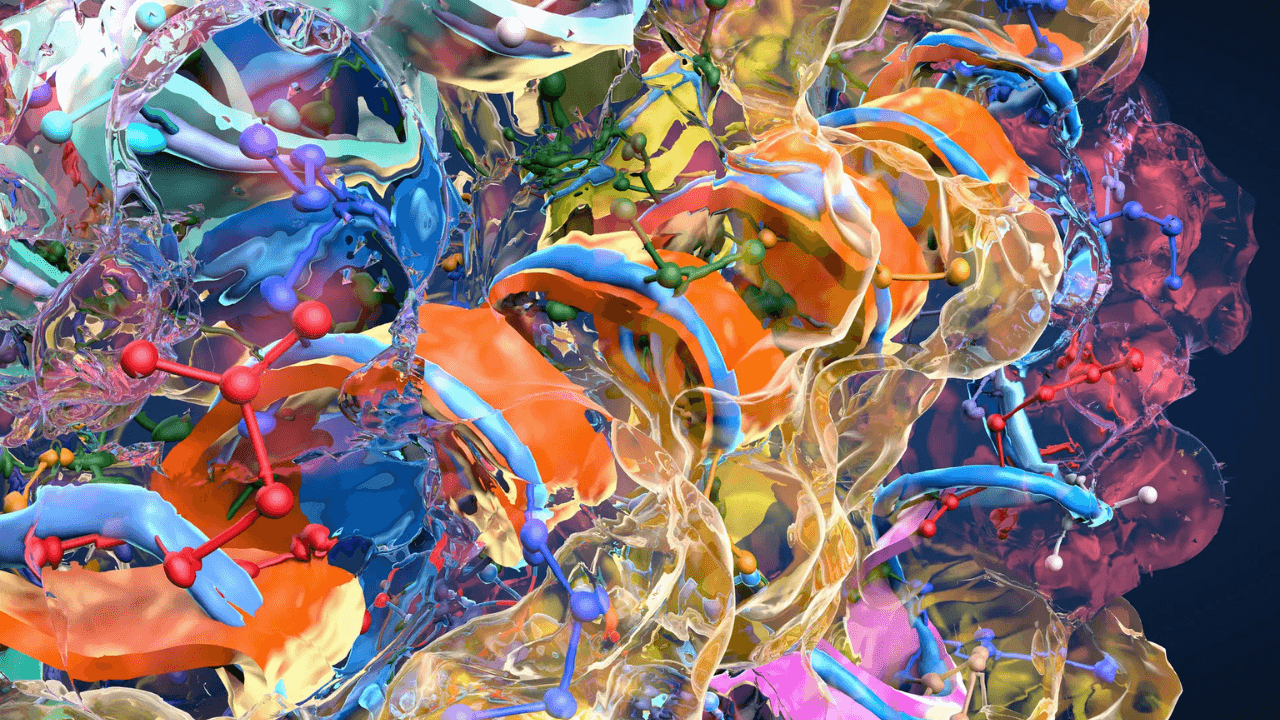Sep 22, 2025
|
4
min read
Have you ever heard of CRISPR? It’s one of the most powerful tools in science today, it lets researchers “edit” DNA, almost like editing text in a Word document. Pretty amazing, right? But here’s the catch: planning a CRISPR experiment is not simple. Scientists have to choose the right tools, design guide RNAs, decide how to deliver them, and then figure out what the results actually mean. That’s a lot of steps!
Now imagine having an AI assistant that walks you through the entire process. That’s exactly what CRISPR-GPT is.
What Is CRISPR-GPT?
Think of CRISPR-GPT as a smart co-pilot for gene editing.
It gives step-by-step guidance—what system to use, how to design, and how to analyze results.
It’s trained on scientific literature, best practices, and expert advice.
It even has beginner and advanced modes, so whether you’re just starting out or already experienced, it adapts to you.
Why This Matters to Students & Job Seekers
Here’s the exciting part—CRISPR-GPT isn’t only for expert scientists.
If you’re a student, it can help you learn the basics of gene editing in a structured way.
If you’re looking at a bioinformatics career in India or globally, this tool can make you more confident in applying computational skills to real experiments.
If you’re a researcher or innovator, it saves time, reduces errors, and helps you test new ideas faster.
How CRISPR-GPT Can Shape the Future
This tool could really change how we work in life sciences:
Lower barriers: More people can try gene editing without years of wet-lab experience.
Faster progress: Researchers can move from idea to experiment much more quickly.
New career paths: Bioinformatics professionals will have more opportunities to bridge computation and biology.
Better teamwork: Scientists and AI working together = smarter, safer, and more reproducible experiments.
Of course, safety and ethics are always important, and tools like CRISPR-GPT are being built with those in mind. Since the ethical considerations and regulations for AI are still in progress, this tool isn’t available for public use yet. But soon, it will be in the hands of researchers around the world.
AI isn’t here to replace scientists. Instead, tools like CRISPR-GPT are here to make science more accessible, faster, and easier to learn. For students, job seekers, and curious minds, this is a glimpse of a future where biology and AI work hand-in-hand and the opportunities are endless.
A team of researchers from the University of Cambridge has developed an AI system that makes gene editing as intuitive as writing text. To explore their groundbreaking work, read further.



